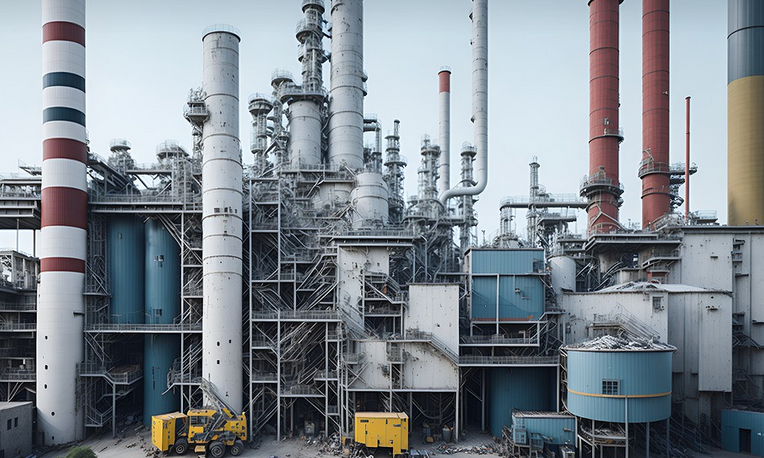
Asbestos Floor Tiles: A Look Back At History And Modern Concerns
Dusting Off the Past: What Are Asbestos Tile Floors?
You might be surprised to learn that asbestos was widely used in construction during the mid-20th century. From its ability to provide insulation and fire resistance, it found its way into many different products, including floor tiles, cement boards and even roofing materials. Asbestos tile floors were particularly popular for their durability and aesthetic appeal.
Imagine a time when homes looked much different than they do now. These iconic floor tiles were often adorned with intricate designs, colorful patterns, and sometimes, even beautiful mosaic work. They were a symbol of wealth and status in many families.
These days, asbestos tile floors are known for their potential danger. Asbestos fibers released from these tiles can pose serious health risks to anyone exposed to them. The long-term effects of this exposure can be devastating.
The Hidden Dangers: Why Asbestos is So Harmful
As you may already know, asbestos is a naturally occurring mineral that can cause significant harm when it’s disturbed or broken down. Once inhaled into the lungs, these fibers lodge themselves in delicate tissues and cause long-term damage. While they were once used to make homes more comfortable and functional, their presence can pose serious threats to human health.
Asbestos exposure can lead to a range of severe illnesses, including mesothelioma, lung cancer, asbestosis, and even pleural plaques. These conditions can have debilitating effects on individuals and often require long-term medical care.
Sadly, the risks associated with asbestos are often overlooked until they’re too late. Many homeowners may be unaware that their homes contain these dangerous materials, especially if there are no visible signs of damage. The best thing to do is to identify and address potential asbestos hazards.
Recognizing the Signs: When to Be Concerned
If your home has a floor tile installation older than 1980, it’s important to be aware of potential asbestos contamination. The presence of these dangerous materials often reveals itself through specific signs:
- Discoloration or peeling in the tiles – If you notice any of these signs, it could indicate the presence of asbestos.
- Cracks and holes in the flooring – These can be caused by natural wear and tear, but they might also present as a route for asbestos fibers to become airborne.
- Roofing shingles – These were often made with asbestos-based materials.
- Floor tiles – Some older homes used these for their durability and aesthetic appeal.
- Assessment: A certified asbestos inspector will assess the tiles and identify any areas that might pose a risk.
- Removal: Qualified professionals will carefully remove the tiles, ensuring minimal dust creation and safe disposal of contaminated materials.
The Importance of Prevention: Protecting Yourself and Your Home
While the removal of asbestos is often necessary, prevention plays a critical role in safeguarding our homes and ourselves. We can take preventive measures to minimize risk before it becomes a major issue.
- Regular inspections: Schedule periodic checks to identify any potential issues with your flooring, including cracks or discoloration.
- Keep ventilation: Good air circulation is essential when working with old construction materials. Ensure proper ventilation in your home.
The Future of Asbestiser- Free Homes
Asbestos poses a significant threat to our health, but it’s crucial to remember that the future holds hope for safer homes and communities. Ongoing research helps us understand asbestos better, leading to new methods for its removal and disposal. This progress will ensure that future generations can enjoy healthier living spaces.
With a deeper understanding of asbestos and its dangers, we can create our homes and workplaces that are not only safe but also aesthetically pleasing and comfortable.
The most alarming signs are when you see asbestos fibers themselves. If your home has been built or renovated since 1980, you can still find asbestos in the form of:
A Modern Solution: Dealing With Asbestos
So, how can we deal with the potential danger of asbestos in our homes? The answer lies in professional assessment and remediation. Before any work involving your flooring is done, it’s essential to conduct a thorough inspection for the presence of asbestos.
If asbestos tiles are found, professional assessment is crucial for safe removal. This requires specialized expertise as well as following strict safety procedures to avoid exposure risks.
“Asbestos abatement” is the term used for this type of work. It involves several steps: